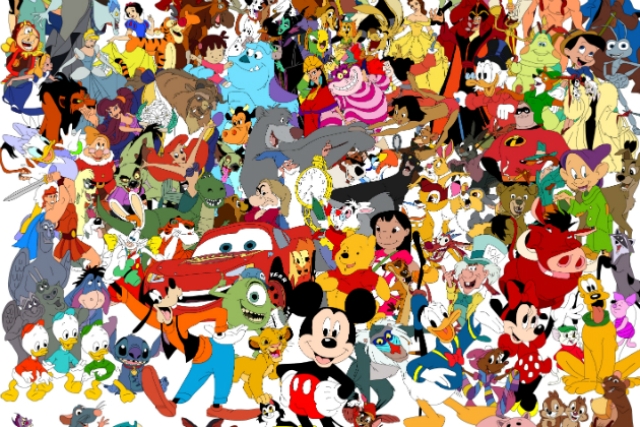
Disney’s new venture into game/toy synergy a la Skylanders, Disney Infinity, is coming to every single dedicated game platform this summer. Andy Robertson of Family Gamer TV recently interviewed John Blackburn, Studio Head for the new Infinity project, and came away with the pricing for the stand-alone game and its extra goodies.
And, boy, are Disney’s ambitions big.
You can’t just buy the stand-alone game. The baseline offering is the game, three action figures, the “Infinity Base” (akin to the Skylanders portal) and a token to purchase an in-game extra. That’ll cost you $74.99. If you want to expand your experience with two additional figures and another token, it’s another $34.99. Single character figures cost $12.99 each.
If you missed the reveal, Disney Infinity joins Walt’s favorite new franchises under one digital roof, providing players story campaigns that follow characters from Monster’s Inc., Pirates of the Caribbean, and The Incredibles, with plenty of room to expand into other films and licenses. A “Toy Box” mode allows you to mix and match your virtual toys however you like; it appears to be an evolution of the same mode from the Toy Story 3 game for Xbox 360, Wii, and PS3.
In a landscape where the “race to the bottom” ethos of smartphone pricing causes a $1.99 game to look expensive, the push from Disney and Activision to head in the opposite direction–charging premium prices for games buoyed by physical accessories–is a risky proposition that could pay off huge dividends for the House of Mouse.
Activision reaped giant rewards on their Skylander videogame and toy bundles, enticing both kids and a seemingly untapped market of adults jonesing for detailed collectibles. Stores were often sold out, and rare figures on eBay sold for many times their worth. All for products based, if laterally, on the underwhelming Spyro the Dragon series. Place this same model into the Disney Machine, with its stable of characters and franchises unparalleled in popular culture (including the recent acquisition of Star Wars, not to mention the Marvel gang), and the sales potential matches its name. I weep for those with kids aged 3-11.
Blackburn explains how the toys weren’t an after-thought, but an integral part of the product.
“[Chief Creative Office at Pixar] John Lasseter said, ‘Look, I want a line of collectible toys that [goes] along with this.’ So everything in the game is a virtual toy and we designed the actual figurines from the get go.”
Part of me cringes at the built-in limitations such a set-up implies; that even with a $75 purchase you are only getting a fraction of the content, the rest locked away, requiring subsequent investment. The other part appreciates the physicality of the offering–at least your money buys a tangible good, something to hold and look at, to share with another.
Record companies have known for some time that, in a digital age where music can be acquired for nothing, even major acts need to offer something special to entice customers. Coldplay’s Mylo Xyloto from 2011 came with a hardcover book featuring pop-up graffiti art by David A. Carter. Rihanna gave her fans the ultimate Christmas gift, releasing her new album Unapologetic in a Diamond’s Executive Platinum Box. The $250 deluxe set included a t-shirt, art prints, a 2 GB USB drive, stickers, a notebook, and View-Master showing 3D images of the singer.
Okay, so maybe that’s not the greatest value proposition. Will a similar hubris sink Disney Infinity before we get to play as Chewbacca fighting Sebastian the Crab? I sure hope not.